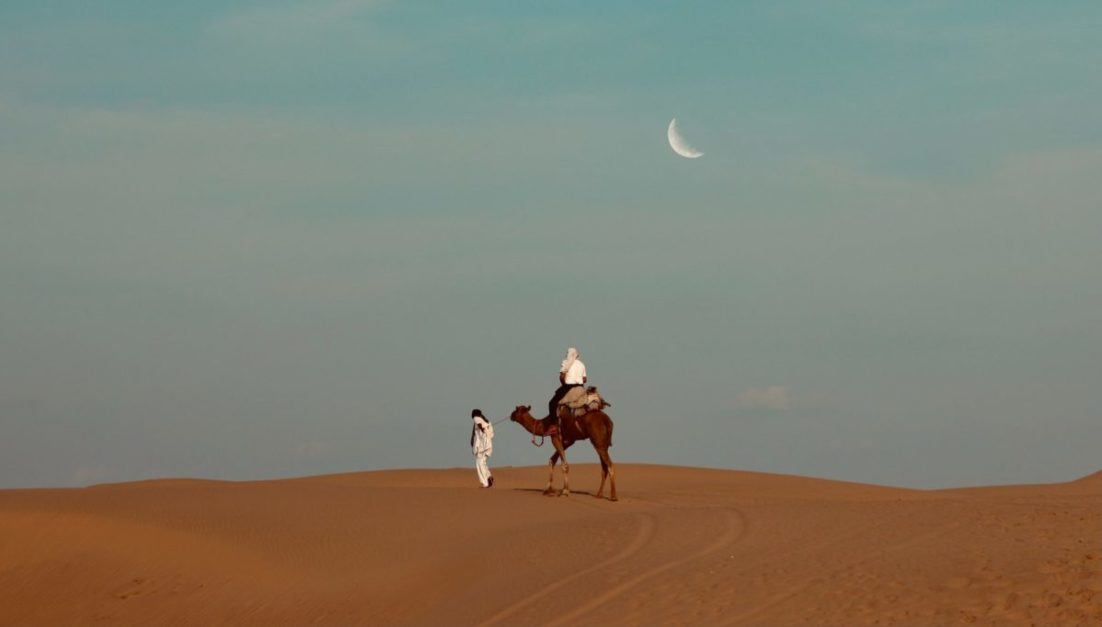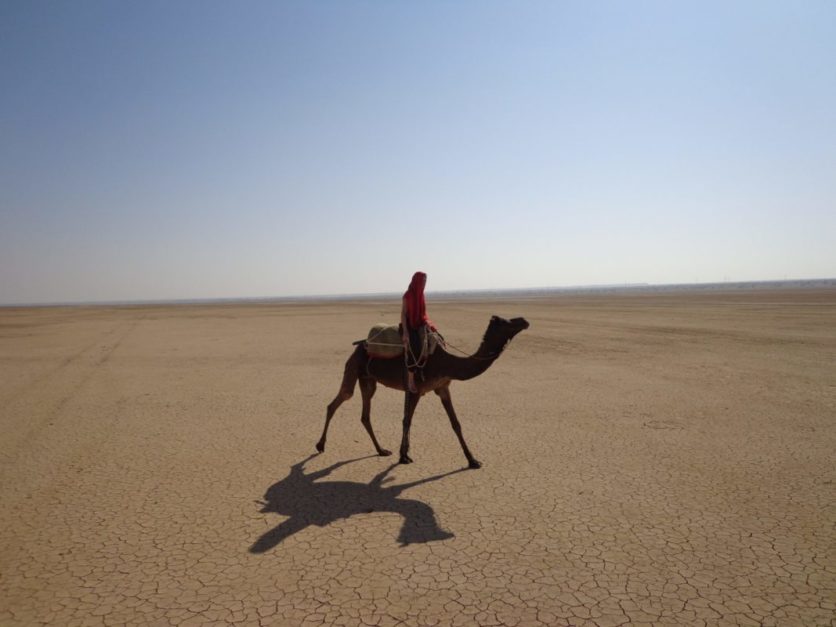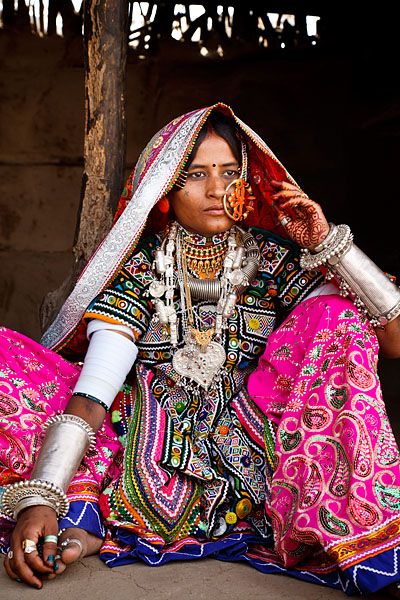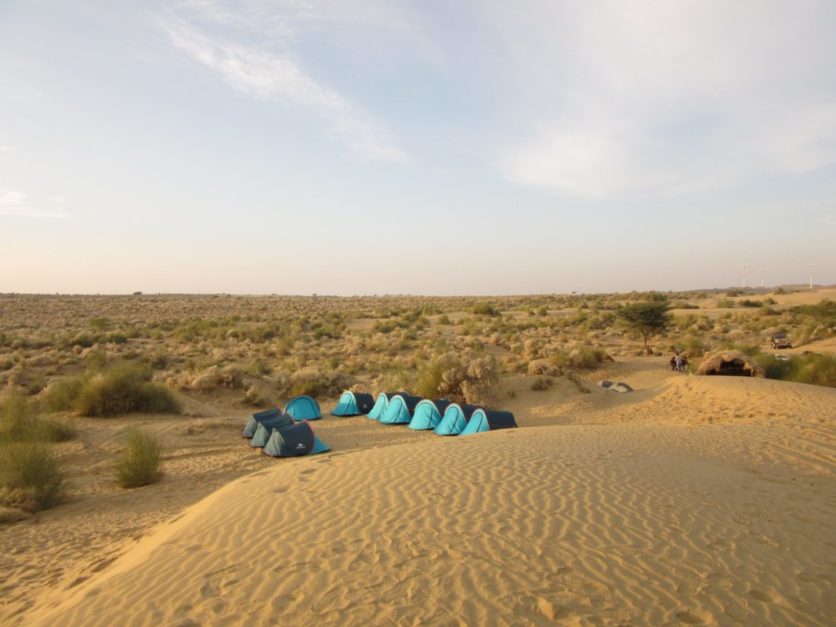Tharparkar consists of the two words “thar” and “parkar”.Thar comes from “thul,” which means sand ridges, and “parkar,” which means “crossing over.” Hence, the word “Tharparkar” means crossing over sand. The Thar Desert in Sindh is an exception to the stereotype of deserts in Pakistan being unbearably hot and devoid of tourist spots.
In fact, it is a popular destination among adventure seekers who want to explore its unique cultural heritage and natural beauty.
Thar Desert, one of the most famous deserts in Pakistan, is home to over 4.8 million acres and an incredibly diverse population in terms of culture, religion, and ethnicity.
Despite its remote and arid landscape, it is surprisingly home to traditional music, dance, gatherings, festivals, and camel races that are hallmarks of this region.
With its exotic flora and fauna, there are plenty of things to explore and discover in the Thar Desert, making it one of the best spots for tourism in Pakistan.

Graana.com brings you all you need to know about Thar desert.
Thar, one of the most important districts of Sindh, is known as a gateway to the Thar Desert and is home to a diverse population with its unique landscape and distinct culture. The region, spread over 4,894,663 acres, has a multi-ethnic mix of cultures, religions, and customs, with people hailing from different places across the subcontinent.
The region’s topography, with its sand ridges, windswept sand dunes, and rocky outcrops, adds to its character and charm. Renowned for its hospitality, festivals, and cultural gatherings, Thar Desert is a popular tourist destination and the perfect place to explore the diverse and traditional cultures of the region.
Location

The Thar Desert is situated in the districts of Tharparkar, Umerkot, and Mirpurkhas. It takes between six and eight hours to get to the Tharparkar district from the heart of Karachi.
Additionally nearby are the cities of Makli, Badin, and Kalo. You can also visit these cities and discover their beauty while you’re on your way to explore the desert. You shouldn’t have too much issue traveling the distance because the roads leading to this popular tourist destination in Sindh are mostly paved.
The Thar Desert is a large, arid region in the northwestern part of India and the southeastern part of Pakistan. It covers about 200,000 km2 (77,000 sq mi) and forms a natural boundary between the two countries. It is the world’s 17th-largest desert and the 9th-largest hot desert in the world.
The Thar Desert is located in the Indian states of Rajasthan and Gujarat, and in the Pakistani provinces of Punjab and Sindh. It is bordered by the Sutlej, Rann of Kutch, and Indus River valleys in the north and east; the Aravalli Range in the north-west; and the Laxmanrekha and Banas River valleys in the south.
Climate
In the winter, the Thar Desert gets cold due to the cold winds coming from the north and northwest. The mean temperature ranges between 8°C to 18°C (46°F to 64°F) during the day, and 0°C to 8°C (32°F to 46°F) during the night.
The Thar Desert receives very little rainfall, usually less than 100mm (4 inches) per year. The majority of the rain falls in the monsoon season with occasional flash floods occurring during summer due to sudden heavy downpours.
Thar desert has a rich diversity of flora and fauna, and is home to a variety of animals, including foxes, jackals, wolves, nilgai (bluebulls), monitor lizards, and reptiles like the sand boa. Birds like the demoiselle crane, blackbuck, Indian courser and chinkara can also be found in the region.
Culture

The Thar Desert is also home to some unique cultural traditions and customs. Some of the most interesting are cattle fairs and camel races, especially during harvest season. The Jaisalmer and Pushkar fairs are some of the most popular events in the region.
Thar Desert is known for its unique culture and hospitality. The people here are incredibly friendly and welcoming, and their culture is steeped in history and traditions. There are several festivals celebrated throughout the year, and they mostly relate to agricultural cycles and Hinduism.
In addition to festivals, the region has several cultural gatherings and customs that are unique to the desert, such as the Camel Race, Tree Plantation Day, and the Thar Light and Sound Show.
The people of this region have a great appreciation for art and music, and regular gatherings take place for performances of local folk songs, dances, and traditional music. Music, dance, and storytelling are popular pastimes and an important part of their culture.
Many traditional clothes such as Thari, Petu, and Munjri are handcrafted here, showcasing the creativity and skill of the artisans of the Thar Desert.
Things to keep in mind

Before visiting the Thar Desert, you should be prepared for its remote and sparsely populated landscape. The temperature difference between day and night can be drastic, with temperatures ranging from 8°C to 18°C (46°F to 64°F) during the day and 0°C to 8°C (32°F to 46°F) during the night.
You should also make sure that you carry plenty of water for yourself, as it receives very little rainfall and water sources are not readily available.
Lastly, since the Thar Desert is sparsely populated and relatively remote, it is important to get a guide that is familiar with the area before embarking on any journey. Don’t forget to carry basic first aid, face masks, joggers, sun protection, and a few medicines with you.
You can bring back a lot of souvenirs and handicrafts from Sindh for your friends and family. The trip will be a great experience for you that you will cherish forever.
Places like Thar Desert can play a great role in boosting tourism in Pakistan.




